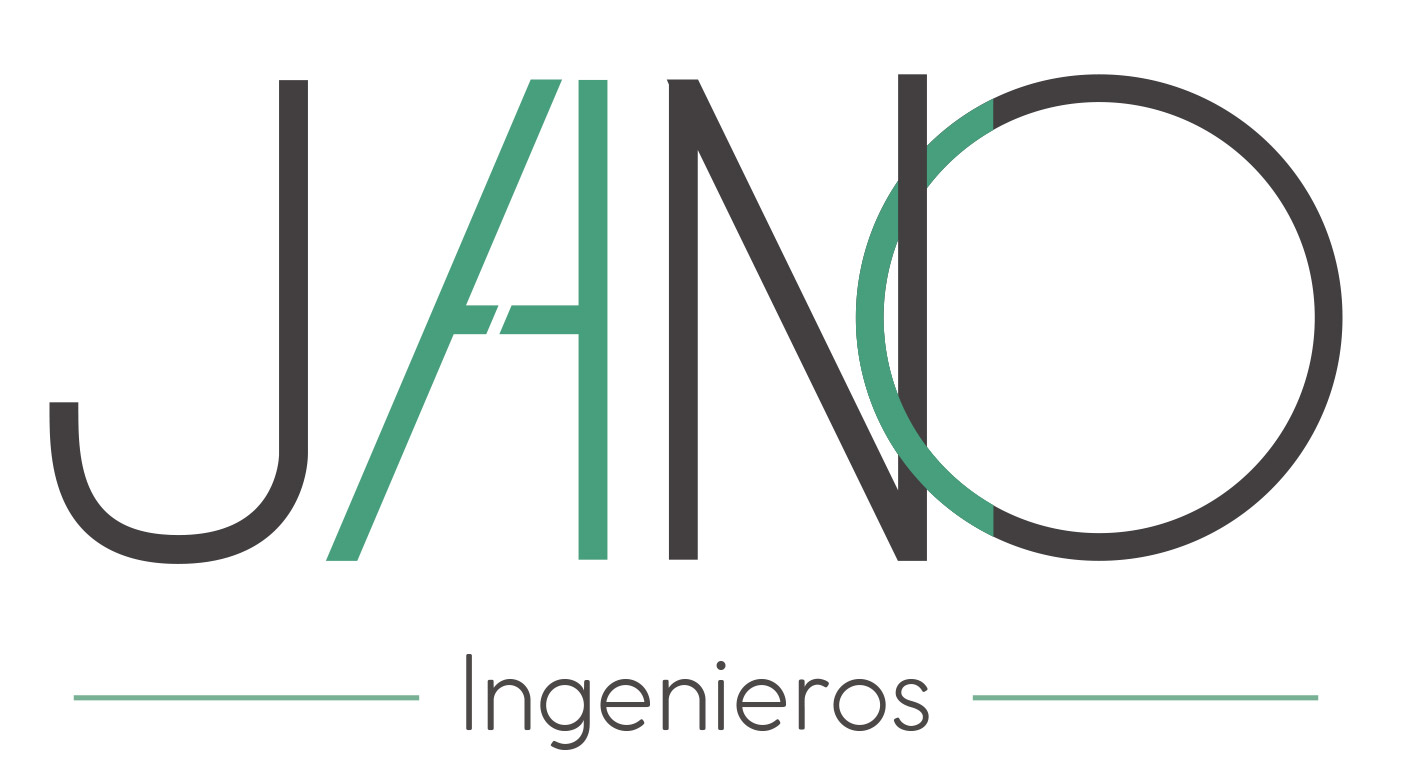3 Ways to Calculate Variable Costs
Cost-Volume-Profit (CVP) analysis is a financial tool that businesses use to determine how changes in costs and sales volume can affect profits. These costs have a mix of costs tied to each unit of production and a fixed cost which will be incurred regardless of production volume. It’s worth mentioning that firms may reduce the cost per unit by benefiting from Economies of Scale, which allows for decreased variable costs due to increased efficiency and bargaining power from higher volume.
- Since variable costs are tied to output, lower production volume means fewer costs are incurred, which eases the cost pressure on a company — but fixed costs must still be paid regardless.
- Companies that use variable costing may be able to allocate high monthly direct, fixed costs to operating expenses.
- Managers should be aware that both absorption costing and variable costing are options when reviewing their company’s COGS cost accounting process.
- Raw materials are the direct goods purchased that are eventually turned into a final product.
Variable costs, or “variable expenses”, are connected to a company’s production volume, i.e. the relationship between these costs and production output is directly linked. Fixed costs are expenses that remain the same regardless of production output. Whether a firm makes sales or not, it must pay its fixed costs, as these costs are independent of output. Raw materials are the direct goods purchased that are eventually turned into a final product. If the athletic brand doesn’t make the shoes, it won’t incur the cost of leather, synthetic mesh, canvas, or other raw materials.
Because commissions rise and fall in line with whatever underlying qualification the salesperson must hit, the expense varies (i.e. is variable) with different activity levels. The variable costing calculator can be used by following the steps as discussed below. If you’re looking for support with tracking all the costs that go into making your business possible, FreshBooks accounting software can help. With in-depth expense tracking, powerful reporting features, and around-the-clock support, we can support your business as it scales up and reaches new heights.
What is an example of a variable cost per unit?
These employees will receive the same amount of compensation regardless of the number of units produced. For others who are tied to an hourly job, putting in more direct labor hours results in a higher paycheck. Both costing methods can be used by management to make manufacturing decisions. Both can also advances to employees be used for internal accounting purposes to value work in progress and finished inventory. Variable costing isn’t allowed for external reporting because it doesn’t follow the GAAP matching principle.
Raw Materials
This measures the costs that are directly tied to production of goods, such as the costs of raw materials and labor. While COGS can also include fixed costs, such as overhead, it is generally considered a variable cost. Examples of variable costs are sales commissions, direct labor costs, cost of raw materials used in production, and utility costs. It can make a big impact on the per-unit price if a company has high direct, fixed overhead costs.
Great! The Financial Professional Will Get Back To You Soon.
For example, if you produce 1 chair with a variable cost per unit of $50, your total variable costs would increase to $500 if you produced 10 chairs. The marginal cost will take into account the total cost of production, including both fixed and variable costs. Since fixed costs are static, however, the weight of fixed costs will decline as production scales up. Variable costs stand in contrast with fixed costs, since fixed costs do not change directly based on production volume.
Every dollar of contribution margin goes directly to paying for fixed costs; once all fixed costs have been paid for, every dollar of contribution margin contributes to profit. Variable costs are not inherently good or bad—they are a reality of providing any kind of product or service to your customers. You should strive to keep variable cost per unit as low as possible since this will result in more profit per unit. But if your total variable costs are rising, you are become a xero advisor producing more units—hopefully at a net profit.
Therefore, the cost is lower than the pricing offered in the contract, which means that the order can be accepted.
Variable costing is a cost accounting method for calculating production expenses where only variable costs are included in the product cost. The formula of variable costing only considers the direct cost and other variable manufacturing expenses incurred on each product unit. This refers to any expenses that fluctuate relative to the number of units the company produces, such as direct materials, direct labor, commissions, or utility costs. Fixed costs refer to expenses that do not change with production output, such as rent for your offices or salaries for permanent employees. You can find a company’s variable costs on their balance sheet under cost of goods sold (COGS).
Under absorption costing, fixed factory overhead is allocated to the finished goods inventory account and is expensed to cost of goods sold when the product is sold. Examples of variable costs include a manufacturing company’s costs of raw materials and packaging—or a retail company’s credit card transaction fees or shipping expenses, which rise or fall with sales. The variable direct costs and fixed direct costs are subtracted from revenue to arrive at the gross profit in either case. While variable costs are generally thought of as physical items, such as raw materials, variable costs include all expenses which increase incrementally with each additional unit produced.



Sin Comentarios
Lo siento, el formulario para comentarios está cerrado en éste momento,